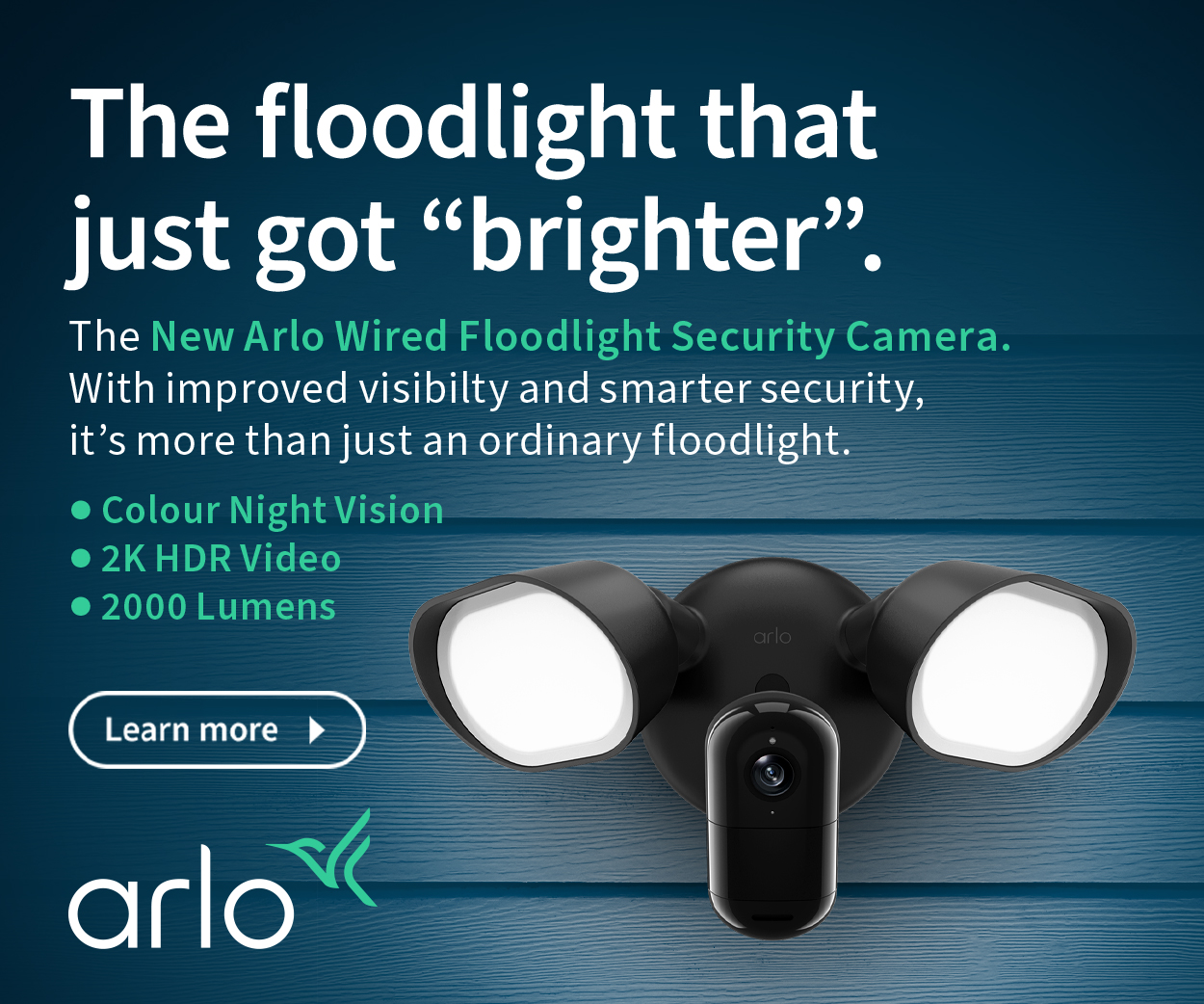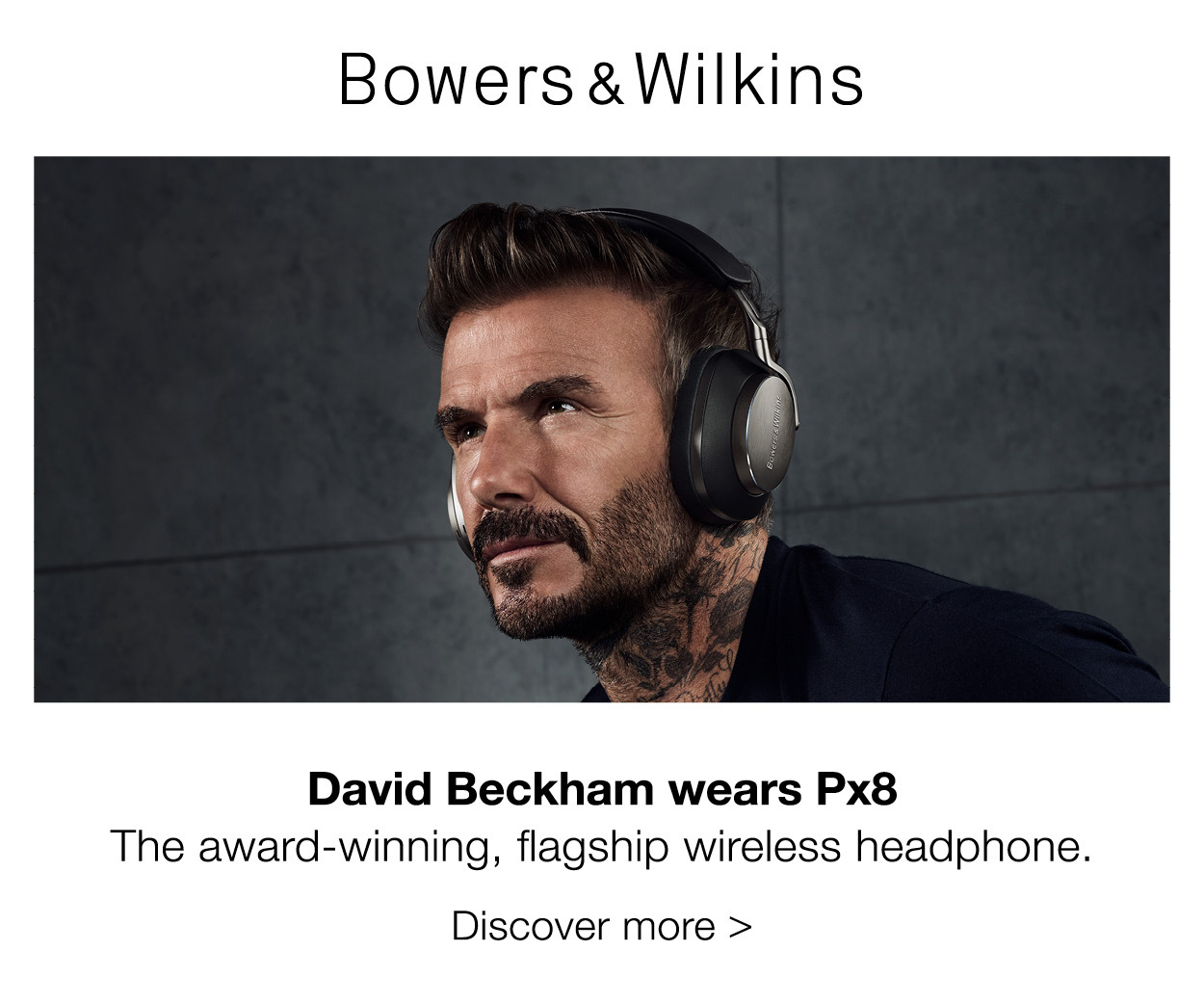Review: Nokia Lumia 800
By Mike Wheeler
Mobile phone specialist Nokia has been King of the Hill in the market for what seems like forever. Then along came Apple with its iPhone, quickly followed by Samsung and a few others with their Android operating system, and the game changed. In pure numbers, Nokia is still the King Kahuna in the mobile phone market, but lost a huge amount of ground in the smartphone sector. This was mainly due to its Symbian operating system. It seemed clunky, archaic and downright complicated compared to the new kids on the block.
Realising that it couldn’t carry on this way, Nokia has decided take the old adage “if you can’t beat ‘em, join ‘em” to the nth degree. The result being the Lumia 800. And Nokia is not the only company with something at stake here – Microsoft has thrown its lot in with the Finnish phone manufacturer with its Windows Phone 7 being the handset’s operating system.
So, how does it stack up? Pretty good. It’s a little smaller than my HTC Evo, but feels just as heavy. And if there was one minor criticism out of the starting block, it is the unit’s weight. Obviously not huge, but for its small form factor I was a little surprised at its heft when I picked it up. It is made of a single piece of polycarbonate plastic and a glass AMOLED touchscreen .
As you would expect, the screen offers up top-notch picture quality for both the user interface and camera/video. Surprisingly, unlike its peers it doesn’t have a both a rear and front-facing camera, it has the more traditional rear 8 megapixel version only. This brings me to one of my little annoyances about the device. When using the video function, you have to hold the ‘record’ button down for a couple of seconds. Initially I thought it wasn’t working, only for it to kick in about three seconds after depressing the button.
It does have some standard features such as earplug jack, Bluetooth connectivity, and the Nokia Drive turn-by-turn navigation system. What we weren’t expecting was the position of the power point and SIM card ports, which are hidden under a couple of flaps on top of the phone. This added nicely to the aesthetics of the unit, which is one of its positives. Do note there is no microSD slot, so no expandable storage.
And Windows Phone 7? Yep, we liked it. Going from screen-to-screen is a breeze, and when I was shown the model, the folk at Nokia were at pains to show me the social networking aspects of the unit. To be honest, I would expect nothing less from a top-end smartphone, and would anticipate that the crossover to the different sites such as email, Facebook , Twitter et al be the norm.
One thing to note if you are interested in buying one. It is available through most carriers, but because it is not a quad-band unit, in some cases you will not be able to cross over to a new carrier. There is one model for the new Vodafone network and Telstra and another for those on the Virgin, old Vodafone and Optus networks.
Overall, Nokia has tried to make a statement about its position in the smartphone market, and we think they have been successful. Could I be persuaded to trade in my HTC Evo for one of these? Yes, easily. But what about if I had an iPhone 4S or Galaxy S II? Hhmm, I would have to think on it.
Pros: Looks good, easy to navigate, small, good functionality with apps
Cons: Video functionality could be better; no quad band version, no expandable storage
RRP
$699 (outright)
4.7 Shacks Out of 5
Brought to you by CyberShack.com.au







